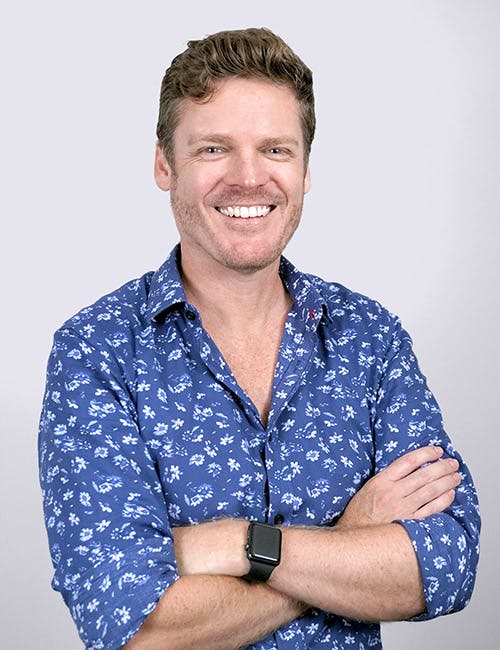How to get the most from this exercise:
1. Explore the Nuances
Encourage stakeholders to consider a famous figure's traits in depth—think beyond surface-level fame and explore their style, tone, values and public reception. (Note: ‘famous figure’ means a notable or well-known person - not necessarily a celebrity). An extension to this idea is to ask leaders who most aligns with the brand NOW and the desired FUTURE brand. This can clarify the brand transformation required.
2. Discuss and Align
Compare choices across teams and discuss any discrepancies. Multiple perspectives can reveal areas where brand perception may differ, highlighting aspects that need more clarity. After a discussion, where people have shared their rationales for their choices, conduct a poll to identify the top 1-2 personas.
3. Document and Revisit
Document the brand personality in your brand guidelines to reference in future decisions and revisit it periodically. Brands evolve, and a famous persona chosen years ago may no longer feel aligned, (especially if that famous persona has been caught in some scandal!!) Keep in mind, it’s more important to identify the traits that will help your brand cut-through and be memorable, not the actual ‘famous persona’ themselves. They are just a helpful device to bring alignment to the character traits that matter most to your brand.
Using the question, “If your brand were a famous person, who would it be?” opens up creative avenues for defining a brand personality. By making the abstract tangible, fostering internal alignment, and guiding strategic decisions, this exercise helps transform brand-building from a conceptual process into a relatable, actionable journey.
